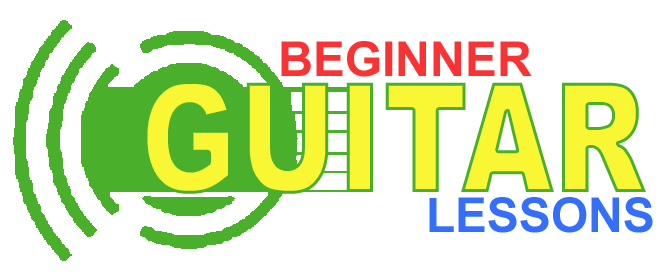🎸 How to Purchase a New Guitar (and What to Check Before You Buy)
So you’re ready to buy your first guitar — that’s a big (and exciting) step! Whether you’re dreaming of strumming around a campfire or jamming to classic rock, the right guitar makes a huge difference in your motivation and progress.
But with so many options out there, how do you know what’s right for you? This guide will walk you through the essentials — including one often-overlooked detail: intonation (we’ll explain that, don’t worry).
🎼 Step 1: Decide — Acoustic or Electric?
Before you even look at brands or prices, ask yourself: What kind of music do I want to play?
-
Acoustic Guitar
Great for: pop, folk, worship, country, unplugged singer-songwriter style
✔ Simple, no amp needed
✔ Great for learning rhythm and chords
✔ More portable -
Electric Guitar
Great for: rock, blues, alternative, metal
✔ Easier on your fingers
✔ Great for soloing and playing with effects
✔ Requires an amp (extra cost)
💡 If you’re not sure, acoustic is usually a great starting point for beginners.
📏 Step 2: Choose the Right Size
Guitars come in various sizes. The wrong size can lead to frustration — too big, and it’s uncomfortable; too small, and you’ll outgrow it quickly.
-
Adults and teens: Full-size (aka 4/4)
-
Smaller players or kids: ¾ or travel-size guitars
-
Pro tip: Test the reach of your fretting hand. If you can’t comfortably stretch to the third fret, try a smaller size.
💵 Step 3: Set a Realistic Budget
Don’t go for the cheapest guitar you can find — but don’t overpay as a beginner either.
Budget guidelines:
-
Acoustic: $150–$300
-
Electric (with amp): $200–$350
-
Look for starter bundles that include a strap, gig bag, picks, tuner, and sometimes a stand.
Trusted beginner brands: Yamaha, Fender, Epiphone, Squier, Orangewood, Ibanez.
🧪 Step 4: Inspect Before You Buy (Online or In-Store)
Here’s what to check — whether you’re at a store or buying online and inspecting when it arrives:
-
✅ Neck is straight (not bowed or twisted)
-
✅ Action (string height) is comfortable — not too high
-
✅ Frets are smooth on the edges
-
✅ No buzzing when you strum or fret a note
-
✅ Tuning pegs turn smoothly and hold pitch
🎯 Step 5: Check the Intonation (This One’s Often Missed!)
What is intonation?
Intonation is how well your guitar stays in tune as you move up the neck. A guitar with poor intonation will sound off even if it’s perfectly tuned — and that’s frustrating, especially for beginners.
How to check it:
-
Tune your guitar properly using a tuner.
-
Play the open string — for example, the high E.
-
Now play the same string at the 12th fret (an octave higher).
-
Compare the pitch with your tuner:
-
If it’s sharp, the string length is too short.
-
If it’s flat, the string length is too long.
-
🛠 On acoustic guitars, poor intonation usually requires a professional setup or may indicate a poorly-made instrument.
🔧 On electric guitars, intonation can be adjusted with a screwdriver at the bridge.
🎵 Pro Tip: If the intonation is off and can’t be adjusted, don’t buy it — even if it looks great. You’ll constantly be fighting to stay in tune.
🧰 Step 6: Consider a Professional Setup
Most new guitars benefit from a setup — a basic tune-up that includes:
-
Adjusting string height (action)
-
Truss rod adjustment (neck relief)
-
Setting intonation
-
Replacing low-quality factory strings
Ask your music store if a setup is included or budget $40–$75 to have it done by a local tech.
✅ Final Guitar Buying Checklist:
✔ Feels comfortable and fits your size
✔ Within your budget
✔ Stays in tune and has good intonation
✔ No buzzing, warping, or rough frets
✔ Matches the style of music you want to play
✔ Comes with (or can be bundled with) accessories
🎉 You’re Ready!
Buying your first guitar is the beginning of a lifelong journey with music — and the right instrument makes all the difference.
When you’re ready, I’ll be here to help you start your first lesson, one chord at a time — with easy, personalized guidance.
👉 [Start Your First Lesson Free]
